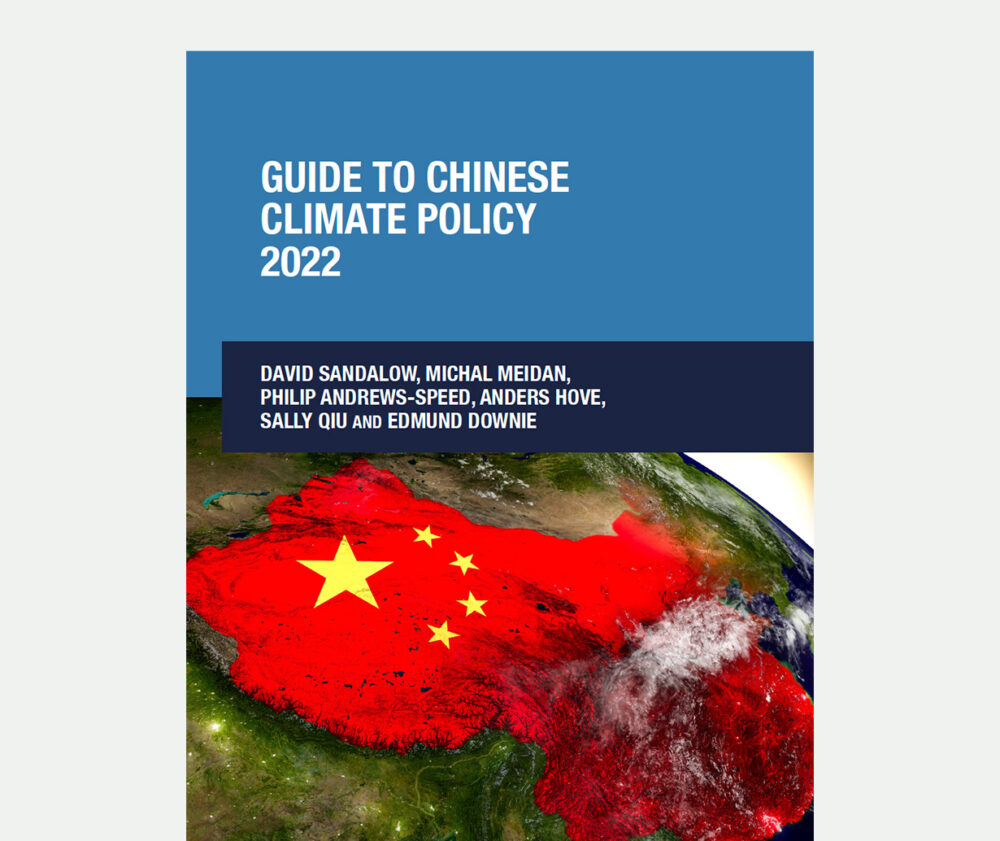Vehicles produce roughly 8% of the heat-trapping gases emitted in China each year.1 This percentage will increase in the years ahead as the Chinese vehicle stock grows and heavy manufacturing declines as a percentage of the overall economy.
The Chinese government’s principal policies with respect to vehicle emissions include fuel efficiency standards and support for “new energy vehicles.” (The Chinese government uses the term “new energy vehicle,” or “NEV,” to describe vehicles powered by fuels other than petroleum.) Almost all NEVs in China today are plug-in electric vehicles with batteries, although fuel cell electric vehicles are receiving growing attention from policy makers.
This chapter discusses China’s vehicle stock, fuel efficiency standards and new energy vehicle programs.
References

